QuestionHi ,
I had brought a new tank about 6 days back , with around 16 different fishes in them. The tank has a regular water filter and oxygen supplier . But however the fishes are dying one by one, with a commom symptom of redding or a little discoloration around gills or head . Further when today i had closed the pump for about an hour all the fishes settled down at the bottom. Theier reactions are also very slow , they seems to be lazy .
Please help.
AnswerDear Minnie,
The problem here is your aquarium is newly setup, and therefore doesn't have an biological filter yet established and as a result ammonia levels (from fish waste) are building up to very toxic amounts. Ammonia is very dangerous to fish even in trace amounts and with the high number of fish you immediately added to a new tank, the ammonia levels are likely extremely high.
Your biological filter is in fact, special beneficial bacteria whom colonize your gravel bed, filter, and all surfaces in the aquarium. They convert ammonia into nitrite which is another compound that is still toxic to fish, but fortunately more bacteria convert the nitrite into nitrate which is harmless and is removed by your regular weekly partial water changes. This whole process takes time.
It is essential to understand the basic principles of cycling your tank. Not knowing how means your whole hobby can fail completely.
But these bacteria aren't present right away when you first setup an aquarium, and without these bacteria ammonia will build up to very dangerous levels if you try to stock the tank with a lot of fish the first day or two after being setup. But you need the ammonia foodsource to get the bacteria started growing. What cycling means is slowly allowing the beneficial good bacteria to colonize your tank with just a few small hardy 'cycling' fish to provide the ammonia source. When you first add your cycling fish (such as Black widow/skirt tetras, zebra danios, or platies) you'll need to use an aquarium test kit found at your local fishstore to test for ammonia, nitrite and nitrate. Monitering these levels is essential for keeping your cycling fish safe and for letting you know how far along in the cycling you are.
You'll need to-
* Add 2-3 small cycling fish
* Test your ammonia the day after adding the fish
* Feed your fish -very- lightly just once a day
* when your tank cycles, they can have a little more frequent feedings and more variety.
* Whenever your ammonia levels rise above safe bounds, immediately do a 30-50% water change to bring the levels down. This is essential for saving the life of the fish.
* Doing water changes won't disrupt the cycling of your tank. The bacteria live on the surfaces in the tank not free-floating in the water itself. Your aquarium will still cycle properly when even large water changes are done frequently
* Continue testing your water everyday for ammonia and nitrites
*You'll usually notice your ammonia slowly rising at first for several days, then nitrite may rise with a slight drop in ammonia levels... Somewhere along the line you'll get nitrate readings which means your tank is nearing the end of the cycling. Every tank cycles slightly differently.
~Once your ammonia and nitrite levels have dropped to ZERO consistantly and your nitrate has builtup. Your tank has cycled!! You can now consider adding a few small fish per week to gradually stock your tank.
* Be sure to test your water the day after adding every additional little group of fish just to be sure you don't get any ammonia spikes. Should this happen, a quick water change will fix that and the bacteria will kick in soon enough to deal with the extra bioload (waste load) present.
*Patience during cycling and tank stocking is essential! Don't forget the importance of water changes and regular testing of your water.
*Remember during cycling that you should not add anymore fish whilst your tank is still cycling. Only have your cycling fish
HOWEVER, since you already have a well-stocked tank this complicates things a little. And you -must- do drastic water changes on this tank to save the fish. Letting things go is just making them sick and killing them off. Not doing water changes will only make things get worse and worse. Your fishes symptoms of reddening around the gills or head and fish sitting on the bottom all relates to poor water quality.
Try to get a test kit but by all means, please immediately do at least a 75% or larger water change, make sure the replacement water is equal in temperature to that of your aquarium and insure it is dechlorinated properly with a good water conditioner. Repeat these water changes everyday as a precaution, and try to get test kits for ammonia and nitrite and nitrate and start testing for ammonia everyday. With good care, your fish may recover and make it through. But please know that I cannot guarantee all your fish will survive, they are under a tremendous amount of stress. Ammonia burns fish tissue and their gills and it must not be allowed to accumulate.
I really hope this helps and feel free to write again with anymore concerns!
Best of luck with your fish!
Karen~

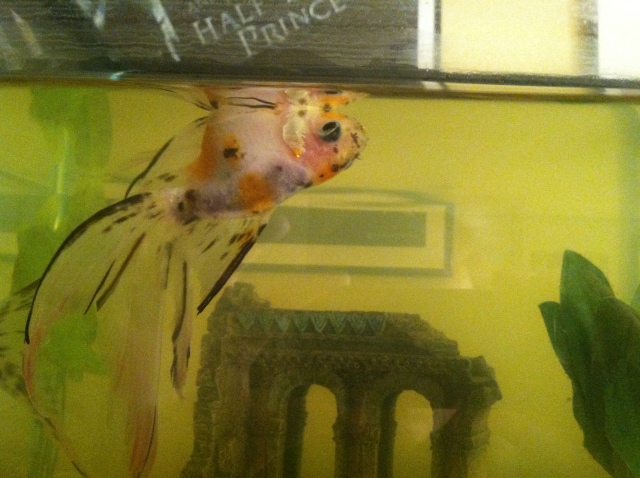 Swim Bladder damage in fantail
Question
Tommy the upside down
Dear Jaymie,
I
Swim Bladder damage in fantail
Question
Tommy the upside down
Dear Jaymie,
I
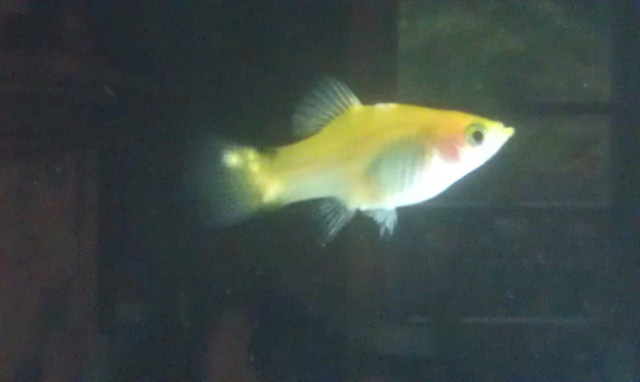 Large white patches
Question
Yellow Platy with spot
Ive had this fem
Large white patches
Question
Yellow Platy with spot
Ive had this fem
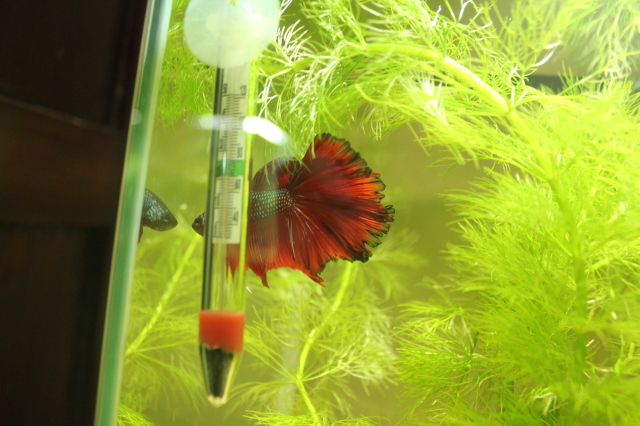 Melafix
QuestionHis back fin
QUESTION: Hi,
Its alex aga
Melafix
QuestionHis back fin
QUESTION: Hi,
Its alex aga
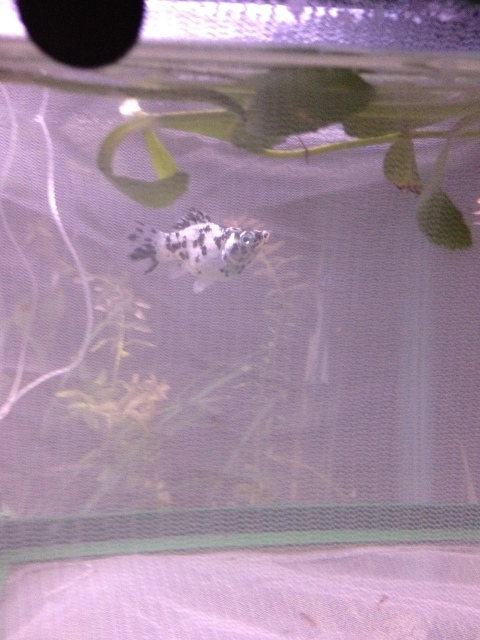 pregnant?
Question
my fish
i have a dalmatian or marble b
pregnant?
Question
my fish
i have a dalmatian or marble b
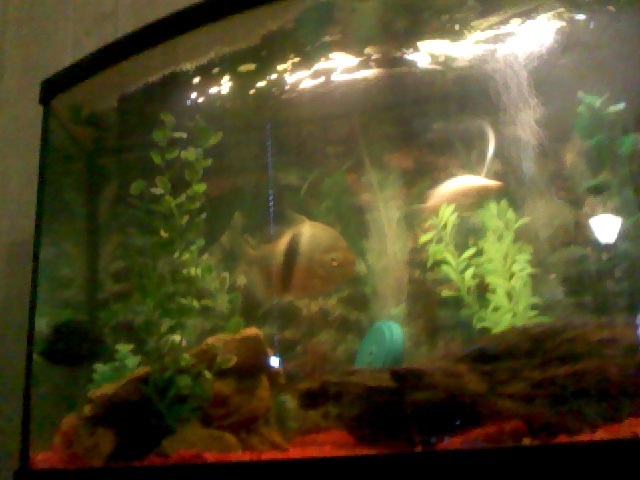 46 gallon tank
Questionmy tank
QUESTION: hello in my tank I use
46 gallon tank
Questionmy tank
QUESTION: hello in my tank I use